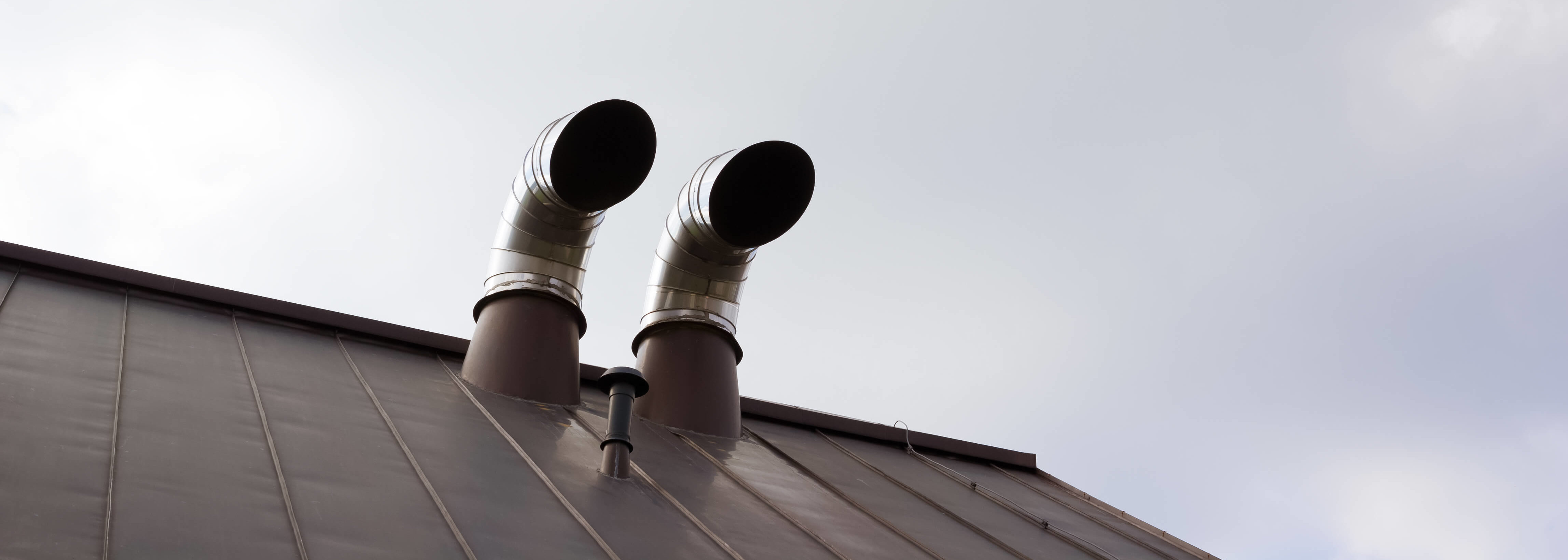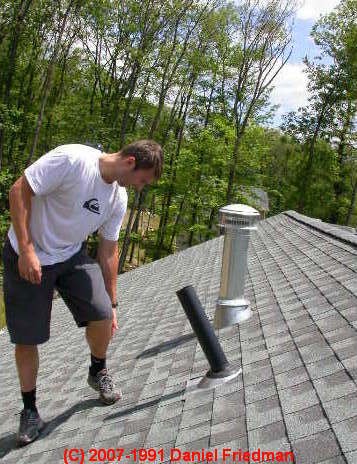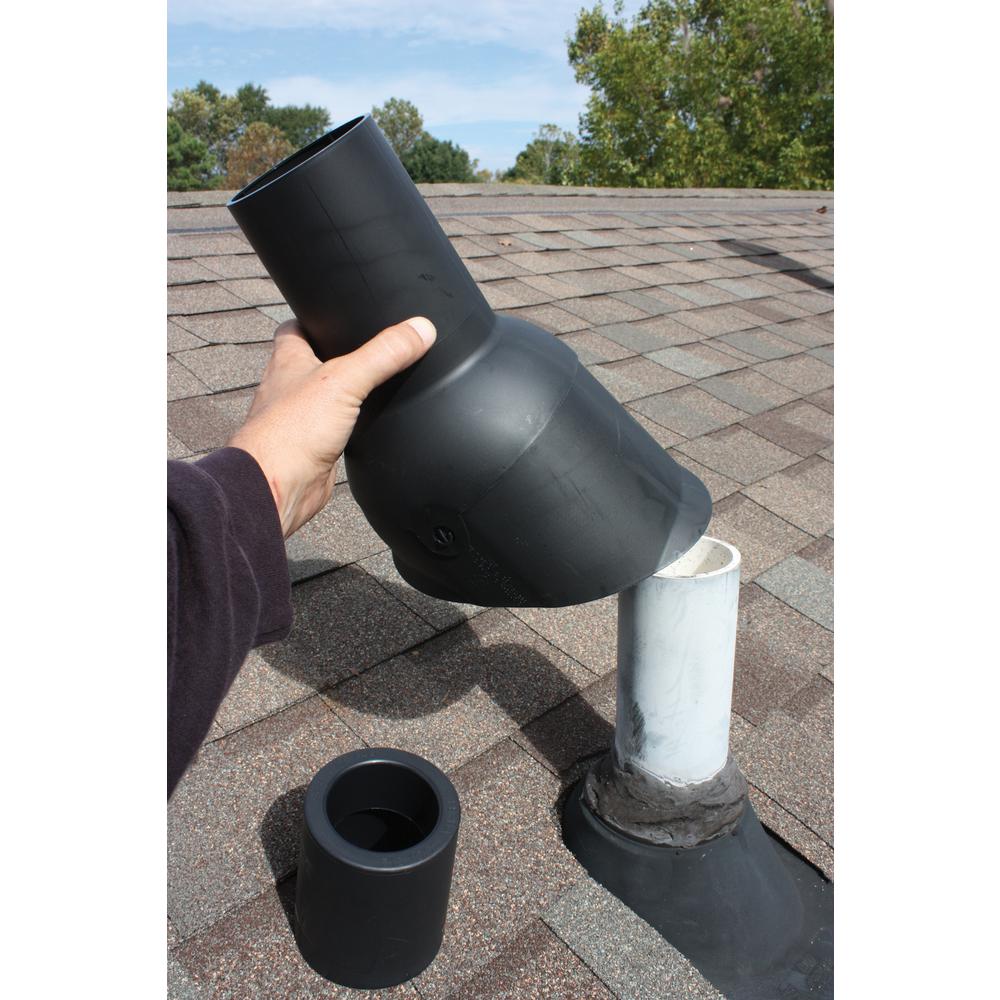Class i standpipes are required on each side of a horizontal exit in every exit passageway on the roof or highest landing where the roof has a slope less.
Why do some buildings require stand pipes on the roof.
Commercial roofs are flat roofs because they are much more cost effective compared to pitched roofs.
The ifc would require a standpipe system in a building where the floor level of the highest story is located more than 30 feet above the lowest level of fire department access.
Domes have surmounted some of the most grandiose buildings of ancient roman islamic and post medieval western architecture.
When standpipes are fixed into buildings the pipe is in place permanently with an intake usually located near a road or driveway so that a fire engine can supply water to the system.
Magazine and roofing southwest.
Required based on the building layout and design.
The vault is a parallel series of arches used to form a roof the most common form being a cylindrical or barrel vault vaults came into their greatest prominence in gothic architecture the dome is a hemispherical structure that can serve as a roof.
The gravel in a ballasted roof helps absorb heat preventing the sun from heating the roof materials below and making the roof more energy efficient.
It s easier to put a sloped roof on a small residential home but to do the same on a very large commercial building would be impractical dangerous and difficult.
Additional benefits of ballast on a flat roof.
Class i standpipes shall be located at an intermediate floor level landing between floors unless otherwise approved by the fire department.
Generally speaking most buildings over 10 000 square feet must be fully sprinkled in summary if a building is required to be equipped with a fully automatic sprinkler system and it is more than 30 feet from surrounding grade to the highest or lowest story a class i standpipe system is likely required.
An outlet is required at the entrance from an exit passageway to other areas of the building.
An outlet is required on each side of a wall adjacent to the exit in a horizontal exit.





























